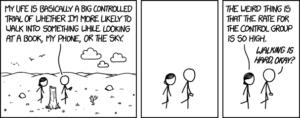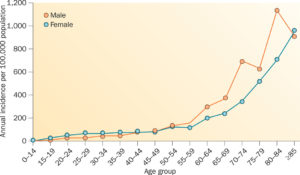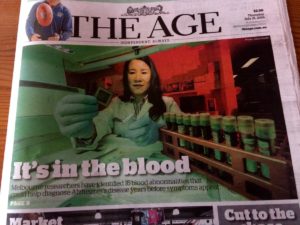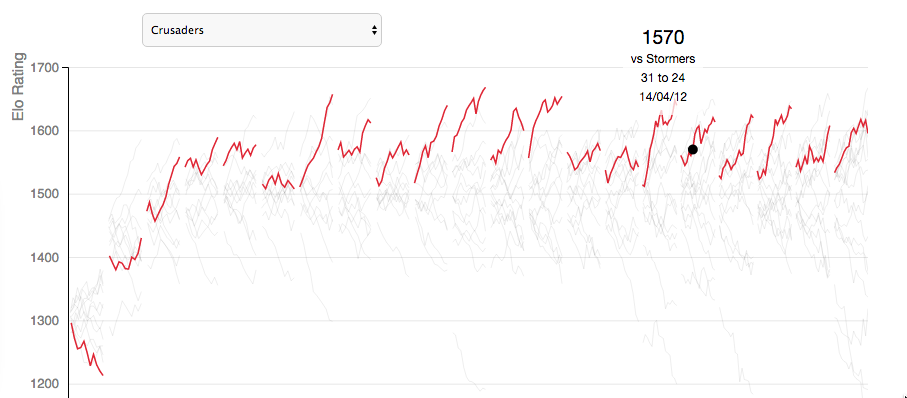Briefly
- US election opinion polls are going to get less accurate for a few weeks, history suggests.
- The Guardian looks at Twitter abuse directed at politicians (contains abusive language)
- A PBS video about glow-worms — the StatsChat-relevant point is that glow worms are spread much more evenly and less randomly than stars
- The famous London Tube map, now with walking times between the stations (only stations on the same line, sadly)
- Emma Hart writes about the Broadcasting Standards Authority’s evidence-based ‘community standards’ at Public Address
- Interesting graph of income by occupation group in the US over time (Flowing Data)
- Why there are fewer PokemonGO locations in black neighbourhoods in the US. (They don’t actually mean ‘why’, they mean ‘how’ — if Nintendo wanted to change this they could have.)
XKCD on controlled comparisons (and PokemonGO)




